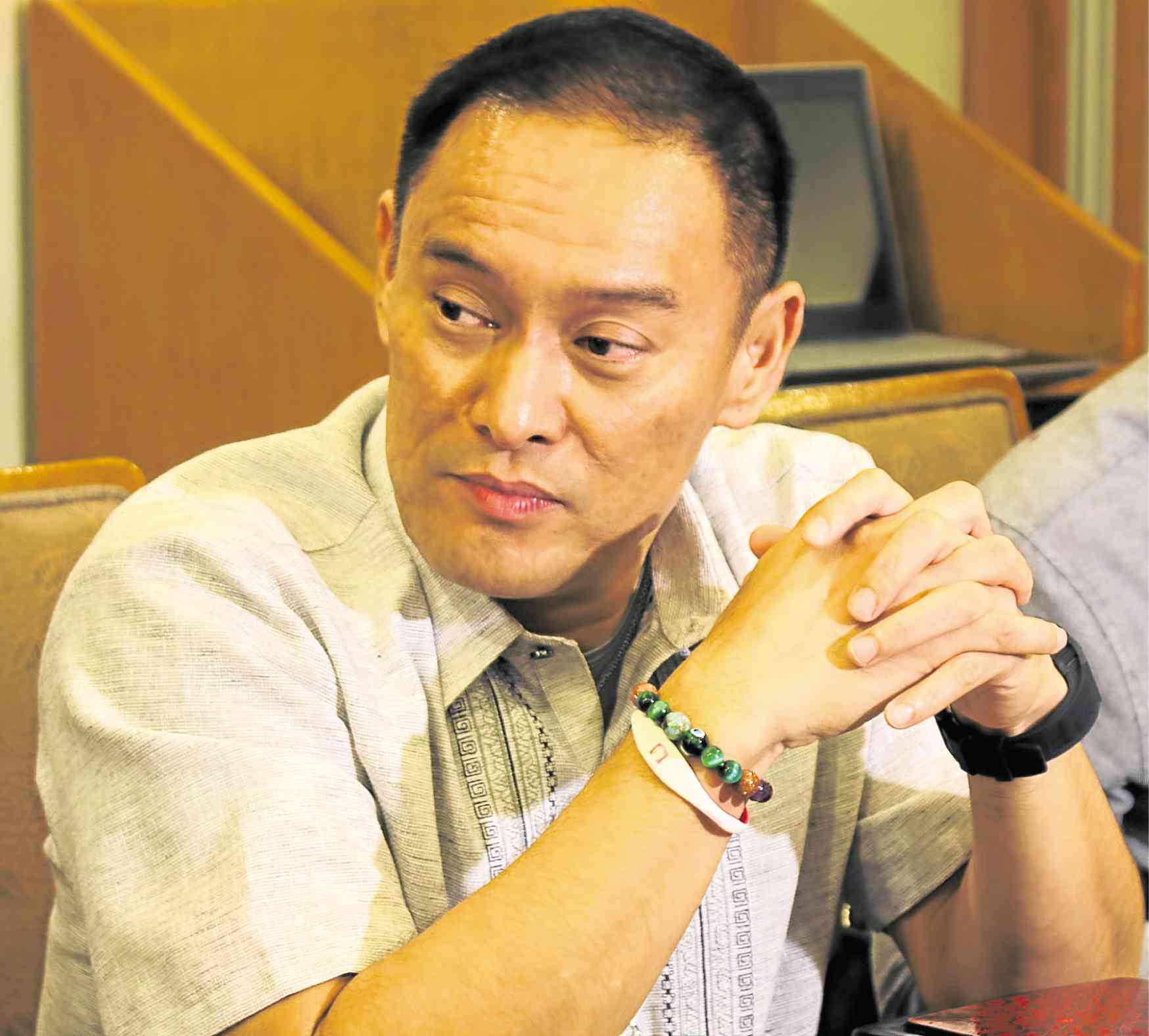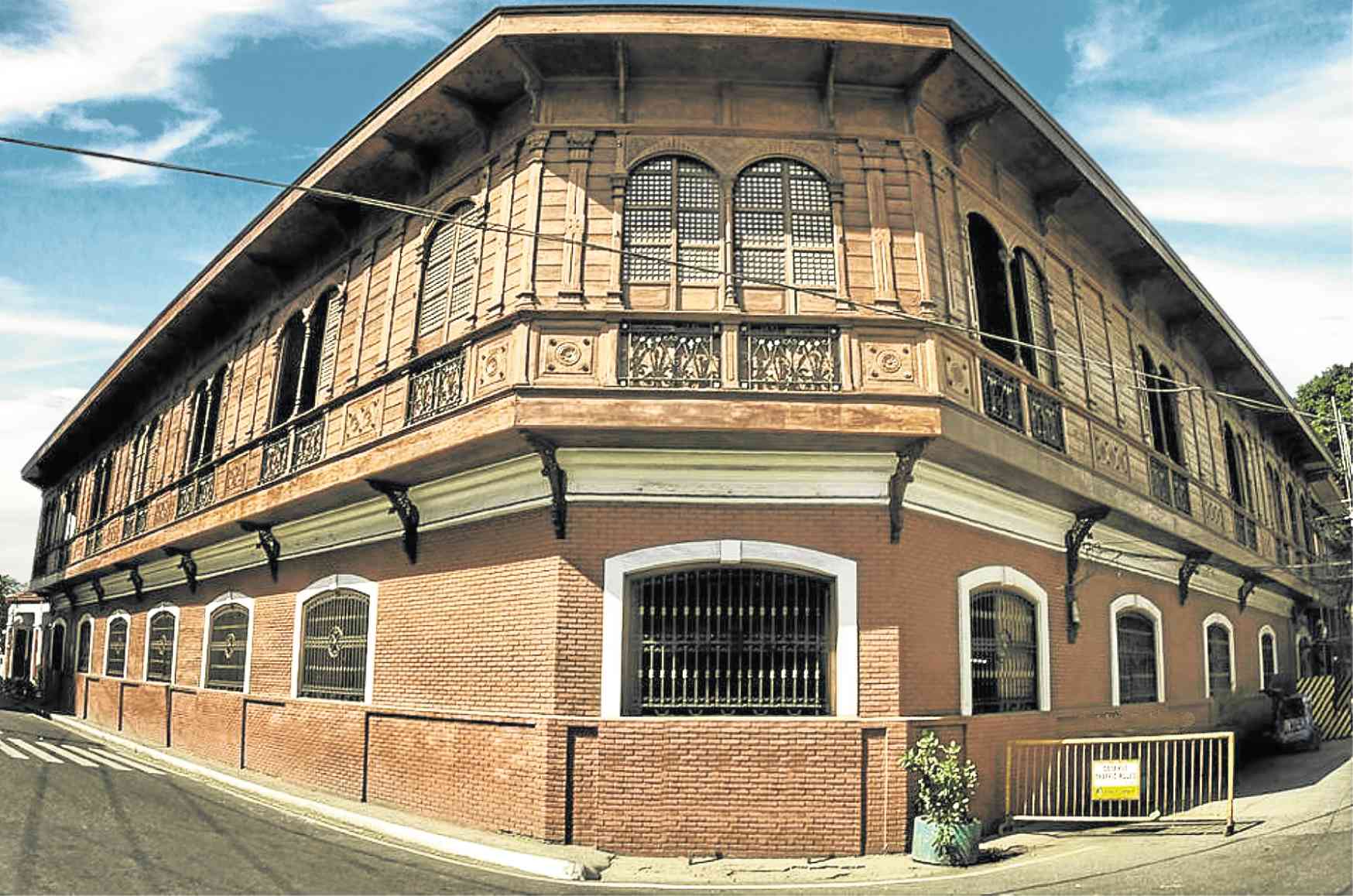Tanduay’s roots put on display
The country’s first Museum of Philippine Economic History recently opened in what was once the Ynchausti Commercial House on Calle Real in Iloilo, home of the company that started what will eventually become the world’s number one rum, Tanduay.
Before the National Historical Commission of the Philippines restored the building into an economic history museum, it was used as the provincial offices of the Commission on Audit.
For the longest time, however, it was known as the Elizalde building.
In 1854, according to local historians, the building was home to a conglomerate Ynchausti y Compania (also Ynchausti y Cia), whose founders were the Basques José Joaquin Ynchausti, Joaquin Elizalde and Valentin Teus.
They consolidated their assets, including Tanduay.
When the Elizaldes bought the Ynchausti shares in 1934, they renamed the company to Elizalde y Cia.
Other than historical data, the museum showcases many of the important artifacts of companies that thrived in Iloilo, especially during the golden days of the sugar industry. Aside from being one of the oldest companies established in the country, the Tanduay distillery was featured in the museum because of its significant contribution to the sugarcane industry.
There’s a display of an old Tanduay “dama juana,” early advertising print ads of Tanduay, tools from the haciendas of Western Visayas’ sugar plantations, looms from the oldest weavers in Miagao, Iloilo, and t’nalak cloth from South Cotabato, among others.
It is appropriate that these items are housed at the Ynchausti Commercial House, which was built in 1905 and used as a trading store.
Like most Spanish colonial houses in the country, it is the typical “bahay na bato” with solid red brick walls on the first floor and wood panels on the second floor.
It also has wide capiz windows that are a distinct design of old Spanish houses.
“Tanduay has a rich history that started in the island of Negros. As we celebrate the 165th year of Tanduay Distillers this year, we would like to ensure that Tanduay will always be remembered, especially by the next of generations of Filipinos,” said Lucio Tan, Jr., president and chief operating officer of Tanduay Distillers, Inc.
Incidentally, as part of its anniversary celebration, the Lucio Tan Group-owned Tanduay Distillers, Inc. has embarked on the conversion of its distillery in Manila into a museum that will showcase its rich and colorful history.
It will likewise give its visitors a multisensory experience on how its products are made.
“The Tanduay museum will be housed at our old office in Quiapo, where Ynchausti y Cia operated their liquor facility. We plan to restore part of the original building, but since it will be a brand museum, expect that it will have a modern facade and will utilize technology at par with the world’s contemporary museums,” Tan said. —CONTRIBUTED


